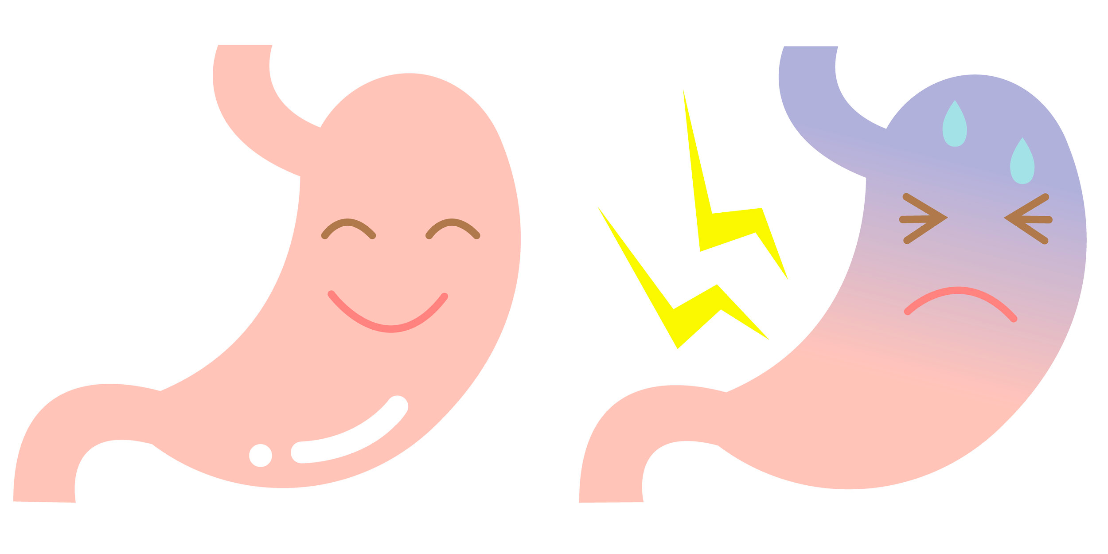Digestion 101: Part 4
Hi there!
If you have found yourself reading this and you haven't yet checked out Digestion 1, 2 & 3... go read those first so you know what we are talking about!
So, where were we? Ah yes, the small intestine.
Once the chyme has gotten past the door of the pyloric sphincter it finds itself in the first section of the small intestine, the duodenum. Here’s where it’s very important that things have gone well so far in the digestive process. The chyme is supposed to be acidic enough at this point that it will trigger certain reactions.
Fancy, right?
Secretin and Cholecystokinin (CCK) are what we are looking for. Secretin stimulates the pancreas to release pancreatic juice which is made of enzymes and bicarbonate. The bicarbonate renders the chyme less acidic so it won’t burn your delicate intestinal lining. Owie! CCK stimulates the production of bile from the liver and gallbladder and it also helps regulate your appetite by slowing the emptying of your stomach and telling your brain that you’re satiated. The main stimulator of CCK is actually fatty acids and some amino acids. What could go wrong, right? You had to ask…
Well, imagine that you had a problem with low stomach acid. The pyloric valve will hold out for as long as it can, but eventually it’s going to have to let the chyme through even if it’s not properly acidified, especially if new food is coming down the pipe. So maybe the chyme isn’t acidic enough to trigger the secretin. But it’s still acidic enough to burn the duodenum. This is where you can get duodenic ulcers. Yikes bejikes!
And what of people who have been on a low fat diet? For months or maybe even (the horror!) years. Two words: gallbladder surgery. Yup. I hate to tell you, but if you’ve been depriving yourself of fat not only is it causing a host of health issues from hormonal problems to inflammation (that’s a rant for another day), but your gallbladder has probably gotten atrophied (it’s basically a bladder made of muscle) from lack of use and your bile has likely gotten viscous from laying stagnant. First of all: yuck. Second, this is what leads to gallbladder disease. And thirdly, get yourself some boiled or roasted beets or beet kvass and consume them daily to help the situation and start slowly introducing healthy fats (coconut oil, grass-fed ghee and butter, lard and tallow from pastured animals) to your diet. If you find fat makes you nauseous, run, do not walk to a nutrition professional who can help you, because that ain’t good news. And neither is losing your gallbladder, which will make you dependent on ox bile supplements for the rest of your life. Life is way too short for that sort of nonsense, unless you’ve already lost your gallbladder (which is sadly all too common given the low-fat craze of the last couple-three decades), in which case thank heavens for ox bile supplements!
I think that’s enough for now, don’t you? Next time we’ll get into the large intestine (no pun intended…ok pun definitely intended) where absorption of nutrients take place and bad things like leaky gut (oh my!) can happen. Onward and downward!
xo,
Maya
If you are ready to learn more about how I can support you on your journey, click HERE for your free 30 minute session with me!

